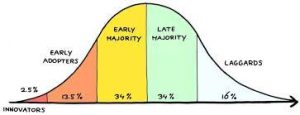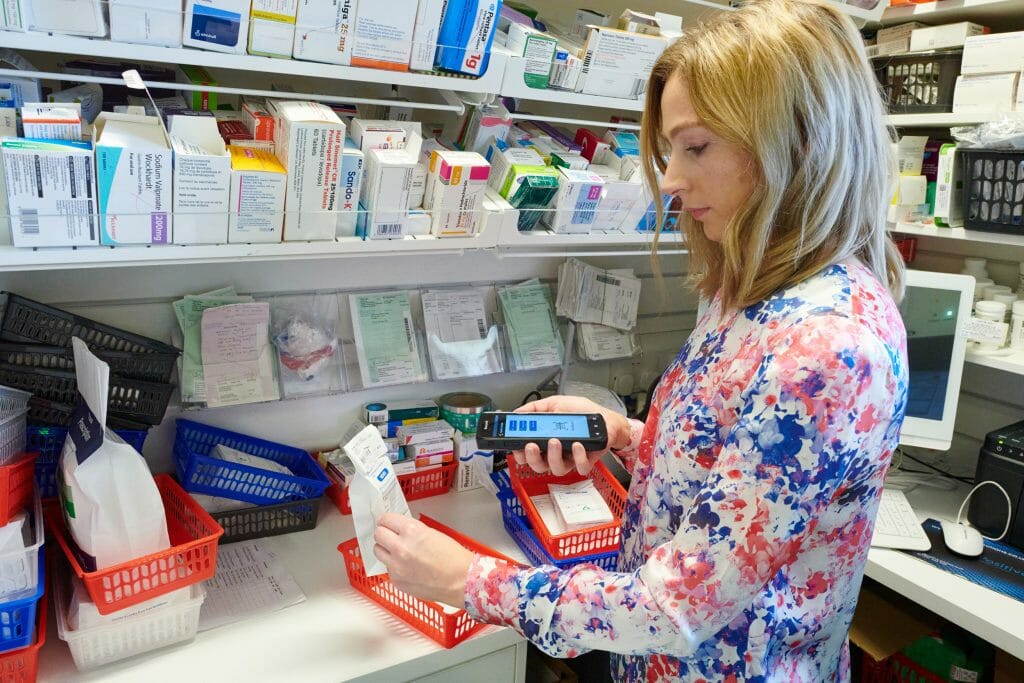Blog
Shifting Sands of the Pharmacy Sector: An Opinion Piece
Our Co-Founder Kevin Murphy discusses the current state of the pharmacy sector and how independent pharmacies can prepare for the future.
It’s safe to say that the community pharmacy sector is currently at a watershed moment. In addition to the well-reported closures of Lloyds in Sainsbury’s, there’s a seismic shift happening in the makeup of the community pharmacy sector, with up to 10% of the pharmacies in the UK in the process of changing from large multiple ownership to independent operators.
What do supermarket pharmacy closures mean for the sector?
Further, more supermarket pharmacy closures have been announced, and Walgreens Boots Alliance has recently indicated that they are likely to attempt to sell their UK business again in the near future.
While the reasons behind this shift are largely due to the lack of funding in the face of rising staff and medicine costs, as a pharmacist, I believe this change in ownership will be healthy for the sector in the long run, as well as for patients who have had a tough time of it recently. Watching the slow demise of Lloyds over the last few years has been like seeing a car crash in slow motion, and I feel for the hard-working teams bearing the brunt of patient frustration. As a result, many independent pharmacies have found themselves inundated with the additional workload from disaffected patients.
The closure of Lloyds in Sainsbury’s alone means one million items per month need to be dispensed by other local pharmacies, driving the need for them to become more efficient to cope with this additional workload.
Pharmacies need to get the basics right to succeed
It’s an exciting time for all prospective new owners of these pharmacies, ranging from first-time buyers to small groups looking to expand. There is clear potential to improve the pharmacies they are acquiring, and they are now planning their strategy for doing so. However, the basics need to be looked after first, such as ensuring the pharmacy staff are reinforced after a very difficult time.
If the number of rapidly transacted MedPoint sales in the last few weeks is anything to go by, then automation is seen as a strategically important investment to make early on in these new acquisitions. There is a clear win-win in terms of relieving pressure in these struggling pharmacies, as well as making it clear to the local communities that the pharmacy is now under new management, who are investing to provide a better service than what they have become used to.
It’s not enough to simply put a new sign above the door to convince local patients to return. Having been involved in opening and growing over 15 new community pharmacy contracts in my career, I can tell you that it takes a LOT for most patients to change their regular pharmacy. There has to be a very noticeable difference between your service and what they’re used to, to make them bother changing their routine.
How do you stand out from the crowd?
The old adage that “you only get one chance to make a first impression” definitely applies. In my experience, the best way to achieve this is with a happy, motivated team that is focused on wowing patients. Giving them the right tools to do so is also critical. More recently, using our MedPoint 24/7 prescription collection service in our pharmacy group has enabled us and many others to stand out from the crowd. It sends the message to our customers that we understand they have busy lives and want convenience, and we’re prepared to invest in new ways of working that will make managing their medicines a little easier.
Step-change in adoption of automated collection
The use of automated collection in pharmacies & Dispensing Doctors has recently seen a step-change and is now growing exponentially, but it’s still relatively early days. It feels as if many pharmacy operators have realised that mass adoption is now inevitable, and securing a first-mover advantage in their localities is key.
Research has shown that all new ideas and technologies follow a similar pattern of adoption illustrated by the below curve, whether it’s mobile phones, electric cars or AI. This is known as the diffusion of innovation theory.
Given the number of pharmacy groups already rolling out automated collection, we can safely say that this technology has moved from early adopter into the early majority stage.

As a pharmacy owner, there are two questions you should be asking yourself:
- Where do you see yourself on this curve?
- At what point do you stand to gain or lose customers by being early or late?
Kevin Murphy, Superintendent Pharmacist of Wellbeing Pharmacies Group and Co-founder MedPoint

Save time and resource
Automating prescription collections allows pharmacy staff to spend less time retrieving dispensed prescriptions and reduce patient waiting times.
Increase your market share
Get ahead of the curve and attract new patients by being the first in your area to offer 24/7 prescription collection
